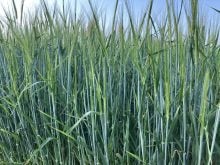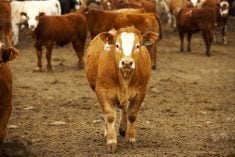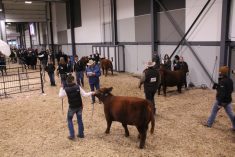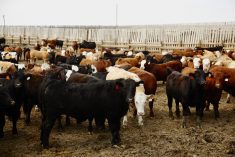The U.S. beef industry for many years wrung its collective hands about the declining negotiated cash market for live cattle. Organizations such as the National Cattlemen’s Beef Association and its predecessor spent countless hours in public and private meetings trying to find ways to improve sales without interfering with the market.
That they largely failed despite all these efforts had more to do with the changing nature of the live cattle market in relation to the needs of the beef market than anything else. When I started writing about the markets in 1987, the vast majority of live cattle were sold live, on average. Most cattle got the same price even if their value once they became beef varied by $300 per head or more.
It was little wonder then that the industry faced a crisis, that beef demand declined every year for two decades and that one in four steaks was tough. The industry realized it had to act quickly. By the late 1990s, value-based market efforts had been introduced and began to have a positive effect on beef’s eating quality and consistency. Marketing agreements between packers and cattle feeders became commonplace, with grid pricing rewarding quality and punishing inferior carcasses.
Read Also
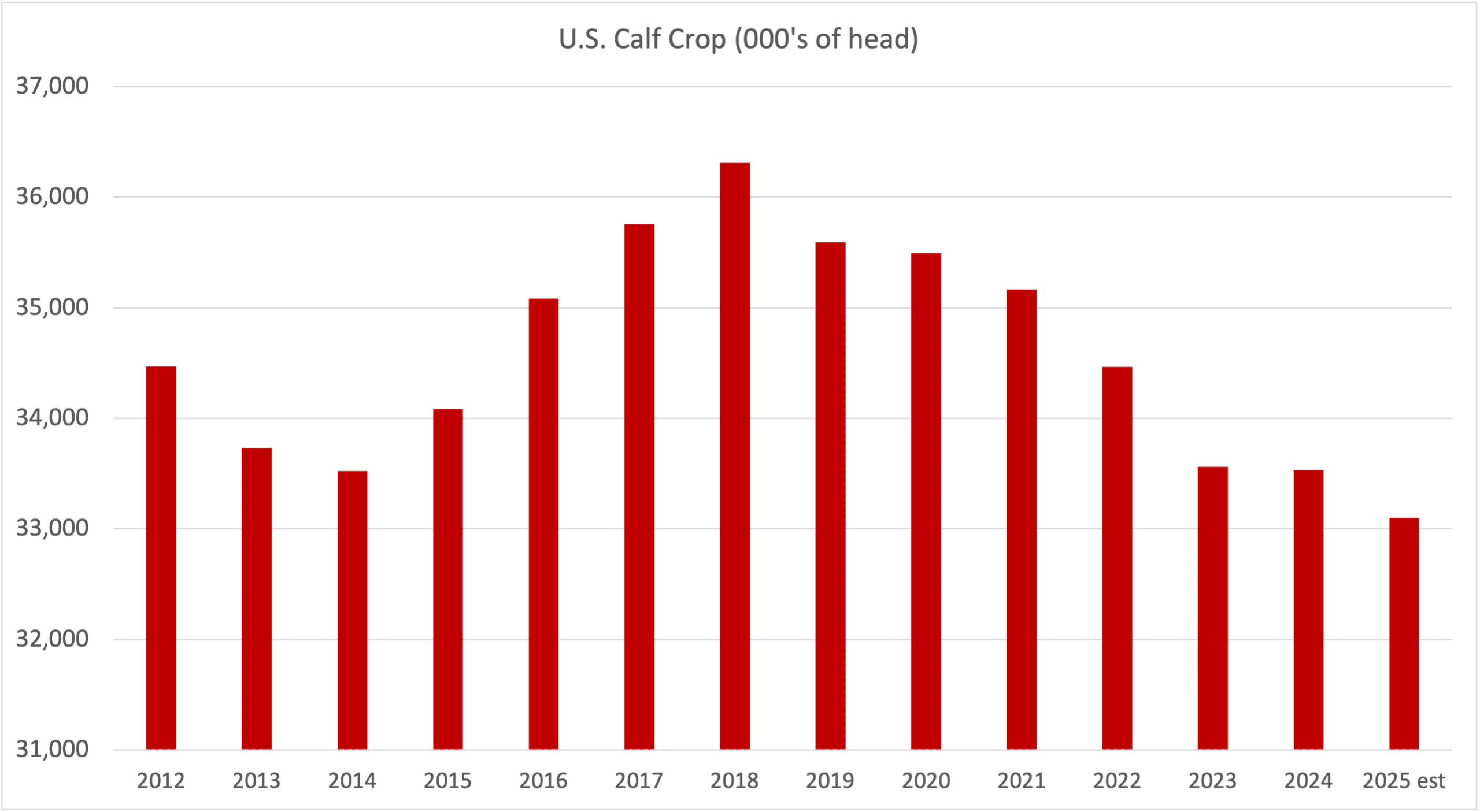
Factors influencing cattle feeder market during the fall of 2025
Market analyst Jerry Klassen weighs in on live cattle markets
It’s perhaps no surprise that the industry doesn’t seem to care that negotiated cash sales are back at their historic lows after a surge in such sales in 2016, 2017 and 2018. Cash sales accounted for just over 50 per cent of total cattle purchases in 2005 but had declined to only 21.3 per cent by 2015 as formula-priced sales grew to more than half of all sales. Cash sales grew to more than 25 per cent of the total in each of the next three years but then fell to only 20.9 per cent in 2019. They increased to 23.4 per cent in 2020 but fell to 19.5 per cent in 2021 and to 20.4 per cent in 2022. Cash sales in the first quarter this year represented 19.3 per cent of the total and in the second quarter 20.1 per cent.
As noted, formula sales increased rapidly over the past 10 years or so. They represented 54.8 per cent of total sales in 2012 and have remained above that percentage ever since. The last five years saw them over 60 per cent at 61.1 per cent, 64.8 per cent, 62.7 per cent, 61.0 per cent and 61.5 per cent in 2022. They were at 63.8 per cent in the first quarter and at 61.8 per cent in the second quarter. Forward contract sales in the 10 years since 2000 averaged more than 10 per cent of total sales, with a high of 17.5 per cent in 2015. But they fell to 8.9 per cent in 2020, to 10.9 per cent in 2021 and to 8.9 per cent in 2022. They averaged only 6.8 per cent and 7.3 per cent, respectively, in the first two quarters of this year.
The most interesting trend in the past five years among the four purchase types reported by USDA has been the increase in negotiated grid sales, especially in Kansas. This represents a desire by cattle feeders to get the best possible return on high-quality cattle, as well as a willingness by packers to pay a premium to the cash market for that quality. Negotiated grid sales represented 9.9 per cent of total purchases in 2000 but steadily declined after that to a low of 3.3 per cent in 2019. But they increased to five per cent in 2020, to 8.6 per cent in 2021 and to 9.2 per cent in 2022. Grid sales in Kansas were negligible for many years until 2020 when they represented 3.7 per cent of all sales. They then surged to 9.3 per cent in 2021 and to 16.7 per cent in 2022. Grid sales now account for at least two-thirds of all sales reported to USDA by Kansas cattle feeders.




